At all levels, chess puzzles and problems can be done in many ways. For most of us, it’s best to mix methods.
Digital Reps: On the computer/ipad/phone: Instills repetition and rapid pattern recognition.
Over the board: this simulates the environment of a real chess tournament and the flow experience that so many are attracted to chess for, and indeed crave even more in 2025.
Books: A happy medium between 1 and 2. You don’t have to set up every position, so you can get more reps in, but you are forced to visualize before choosing your first move, ideally writing down your answer to hold yourself accountable.
Most kids are overloaded on Type 1 training. For example, my son has thousands of reps in puzzles on lichess and chess com—I see similar scores for his friends, some of whom don’t own any chess books.
As Ben Johnson deftly explores in his book Perpetual Chess Improvement, online chess training, especially things like Puzzle Racer on lichess (my son Fabi’s favorite) or Puzzle Rush are highly focused on speed and pattern recognition.
I encourage Fabian to use books as often as possible, in part because there’s a large gulf between the level of puzzles he solves successfully and quickly online, and the level he solves on paper. The two should be close. This is a difficult chess parenting task because solving online feels more like a game to him, while books feel more like “homework.” As he gets better at visualizing I hope the payoffs will start to be similar. Personally, I find the joy of getting a puzzle right in a book higher than getting one right online.
In online puzzles, if Fabian sees a pattern right away, he gets used to NOT visualizing since the position after the key immediately appears on the screen. When wrong (unless it’s Strike 3 on Puzzle Rush), it does not register as sharply —he’s off to the next puzzle.
Fabian especially struggles with over the board positions where a piece moves from a square, and then the square becomes occupied by another piece later. I know he’d get these correct instantly on online trainers. That’s a clear sign that pattern recognition is subbing for visualizing rather than supplementing visualizing. They should be best pals, not frenemies.
Here’s an example from the Steps books, Black to Mate in Two, where visualization practice is so crucial to the exercise.
Solution here1.
Here’s a beautiful visualization puzzle I showed Fabian with a real board and pieces. It’s the end of a study I saw on Garry Kasparov’s Masterclass. I’ll start with the punchline, but the prelude2 is remarkable.
Answer in the footnotes3
Looking for a new tactics book?4
Here are some of my personal favorites, including my own (as always, thanks for supporting those with your purchases and reviews.)
Beginner : Steps, Coakley’s series of books, Everyone’s First Chess Workbook, Play Like a Girl , 1001 Chess Puzzles for Beginners
The Steps series of workbooks is highly recommended by the legendary coach Elizabeth Spiegel. While they go up to higher levels, I’ve found the beginner material uniquely robust and useful especially now that I am starting a chess club at my son’s school. A practical bonus is there are 12 positions on a page. So when I tell Fabi that we’re “just going to do two pages” it’s a lot of patterns and the workbook is very compact for trips.
I included Play Like a Girl here even though it has some intermediate puzzles, it’s more weighted toward beginners than my new puzzle book.
Level 2 (~1000-1700): Polgar’s 5334, Play Like a Champion, Steps
A lot of puzzle books jump right into the advanced level, which is why I wrote Play Like a Champion with the intermediate player in mind (especially 1000-1700).
5334 has some very easy and very tough puzzles so can be used at any stage in the journey. I put it in the intermediate level because the basic endgames are such a great resource for this level.
The next on my to-read list for this level is the Checkmate Pattern Manual, which came highly recommended by Ben Johnson for ~1500 players.
How to Beat Your Dad at Chess is a classic and nicely written checkmate manual, and a reminder to get cracking on How to Beat Your Mom at Chess with my son.
Level 3 (1800+)- Invisible Chess Moves, Forcing Moves, Perfect Your Chess and my childhood favorites, Improve Your Chess Tactics by Yakov Neidshadt and Maxim Blokh’s Combinative Motifs.
The last two recommendations also work for the intermediate level, but some puzzles get quite difficult. I always liked Blokh’s book as a kid (I had one with a forest green cover that doesn’t seem available anymore) because of the reversible puzzles, allowing for even more patterns per page. Or shall I call it, PPP, not to be confused with another favorite chess acronym PP on the PP (Put pressure on the pinned piece.)
There is a lot more to explore at this level, including the famed Woodpecker Method, which I can’t wait to check out, especially the positional edition.
Level 3 Bonus: Say Chess has a new weekly printable “Best Move” challenge, which seems like a fun way to train while staying current on some big chess events.
Intriguing: the “Best Move” will not always be a tactic.
Please share your own favorites and puzzles resolutions and happy solving in 2025!
….Bb2+ 2. Kxb2 c1=Q checkmate.
Chessdojo did a nice episode ranking their favorites tactics books and they also have a page of recommendations (not limited to tactics), some of which overlap with my suggestions.

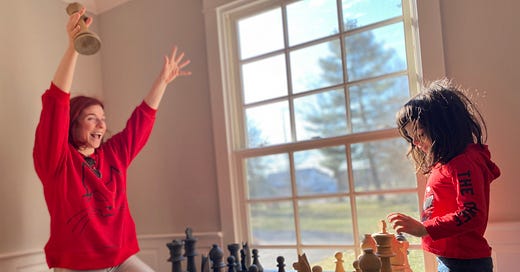



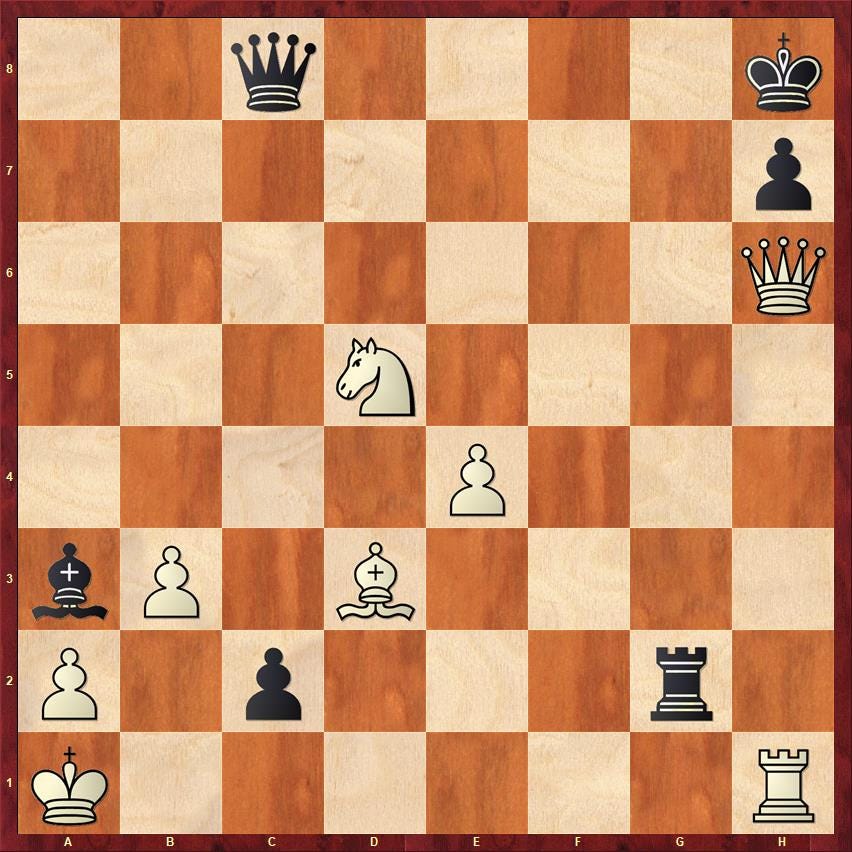
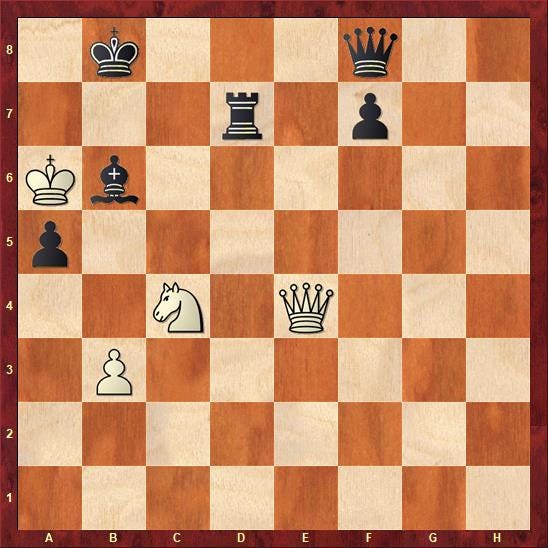
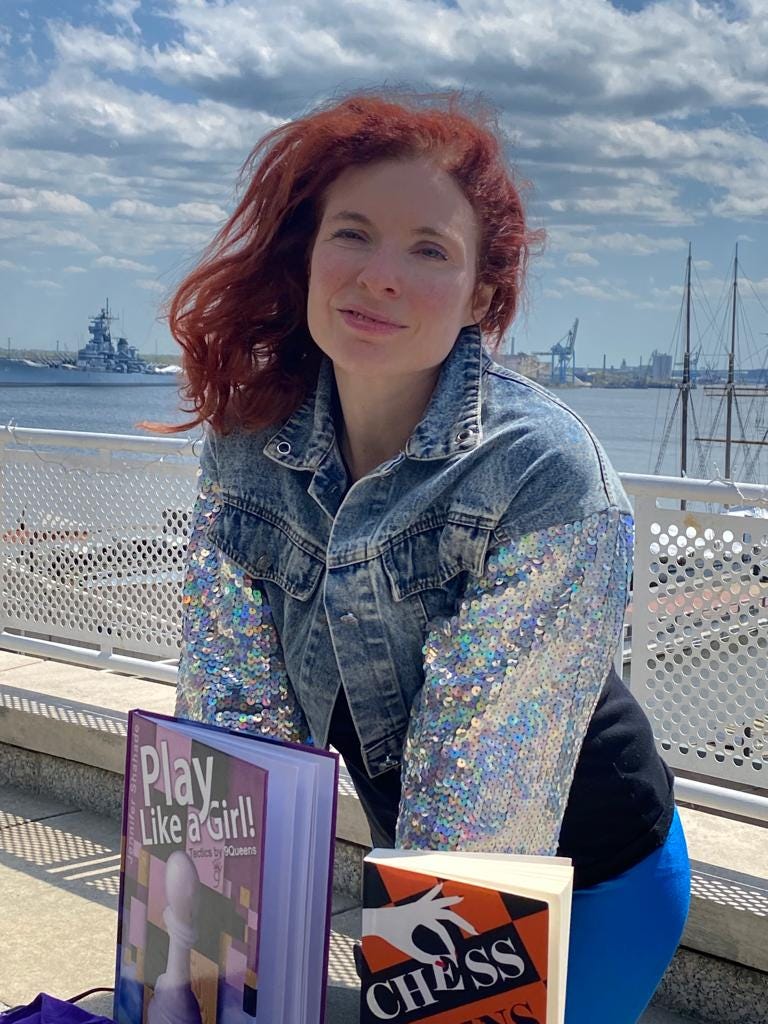

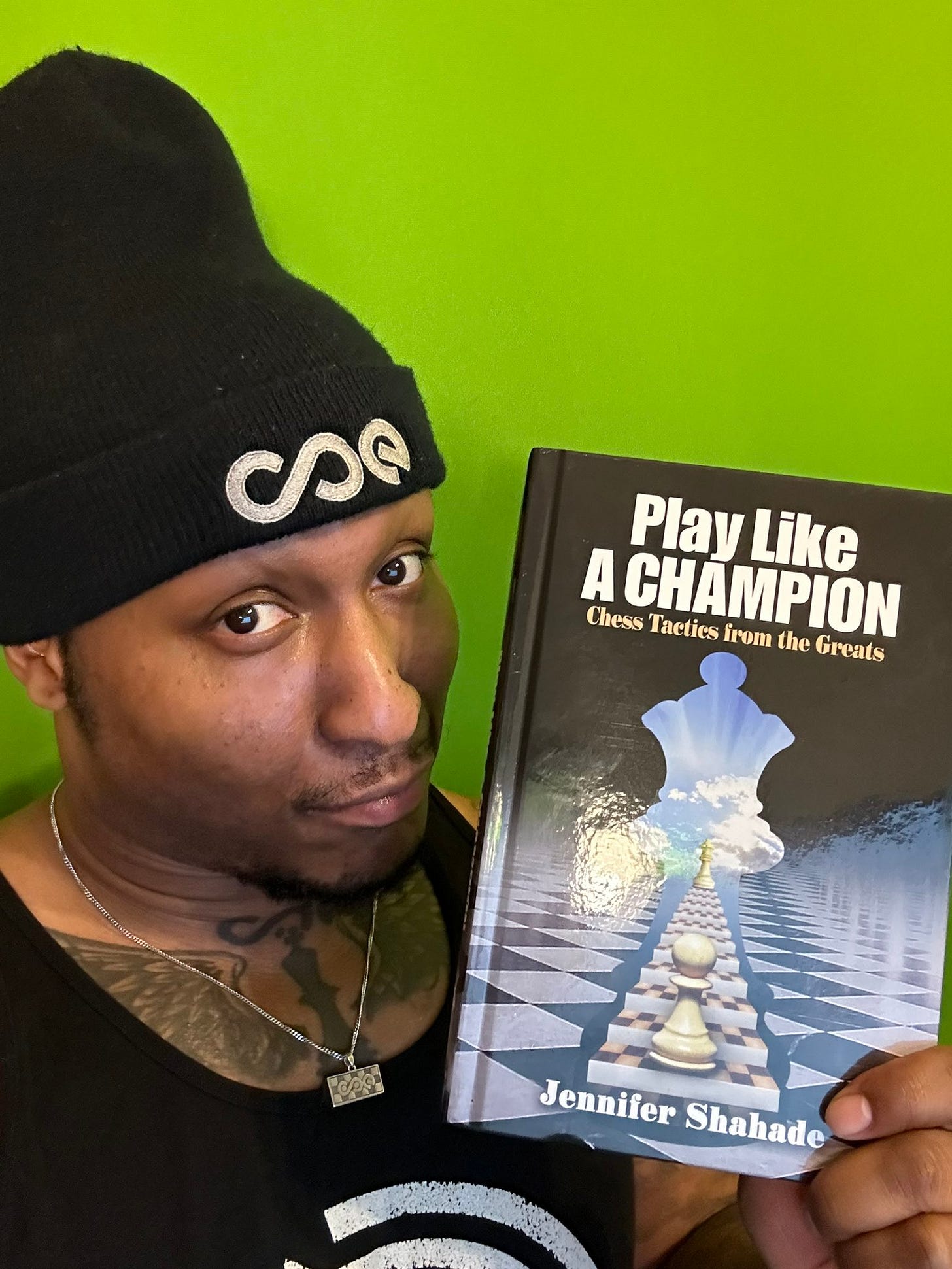
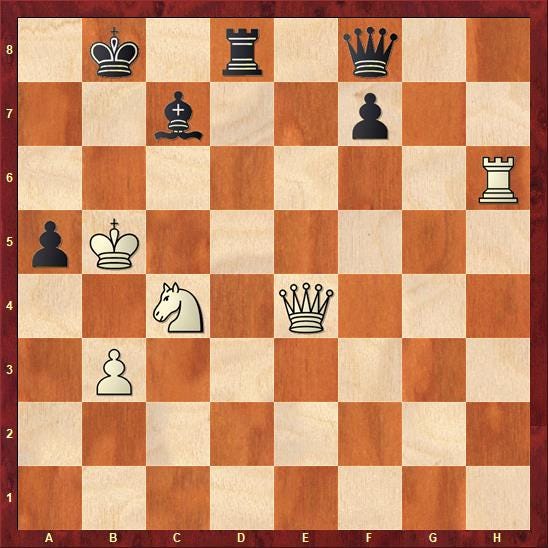
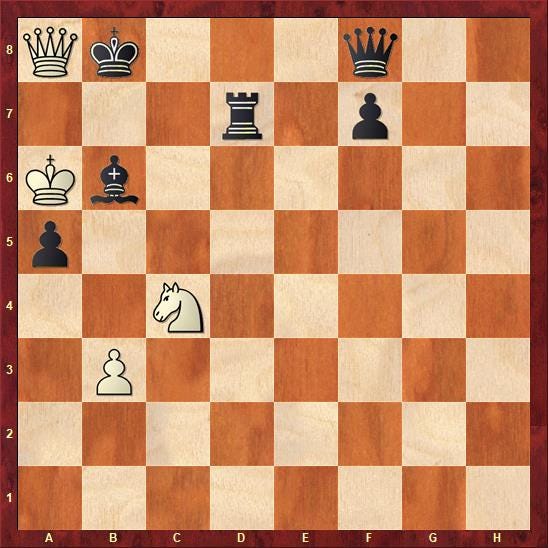
Thank you for your advices. All avenues are valid for working on calculation and tactics. Note that too much work on tactics is often to the detriment of understanding the position, in my opinion, but it improves our visualization (cf Polgar's 5334 mates) and the rigor of our reasoning. For example, I struggled a bit with the mate in two moves because I had neglected all the chess possibilities (and especially the one that gives the solution!).
Tactics on Lichess can be easily adapted to the player's level (-600, -300, 0, +300 +600) so that it's neither too hard nor too easy (with 60-75% resolution). Solving at maximum performance is not the most useful approach. The level recommended by the Steps Books should probably be reviewed since the correction made to elo by FIDE in 2024. General books are interesting because the pedagogical interest has been well thought out by the author, who explains the solution.
For pattern recognition, we can imagine solving several dozen (hundreds?) easy exercises with a theme (the fork, for example), then when the resolution is automatic, continuing with greater difficulty. In this respect, the Lichess tool is probably under-exploited. On the other hand, I'm more dubious about the real effectiveness of the (famous?) Woodpecker method.
I have tried to teach my daughters the concept of back-rank mates and other very simple mates, both on screen and on the chessboard.
They understand these concepts better on the screen than on the real board. However, even after solving a puzzle correctly on the screen for the first time, they sometimes struggle to solve the same puzzle on the board afterward.
Interestingly, the few puzzles they solve first on the board seem easier for them to solve on the screen afterward.